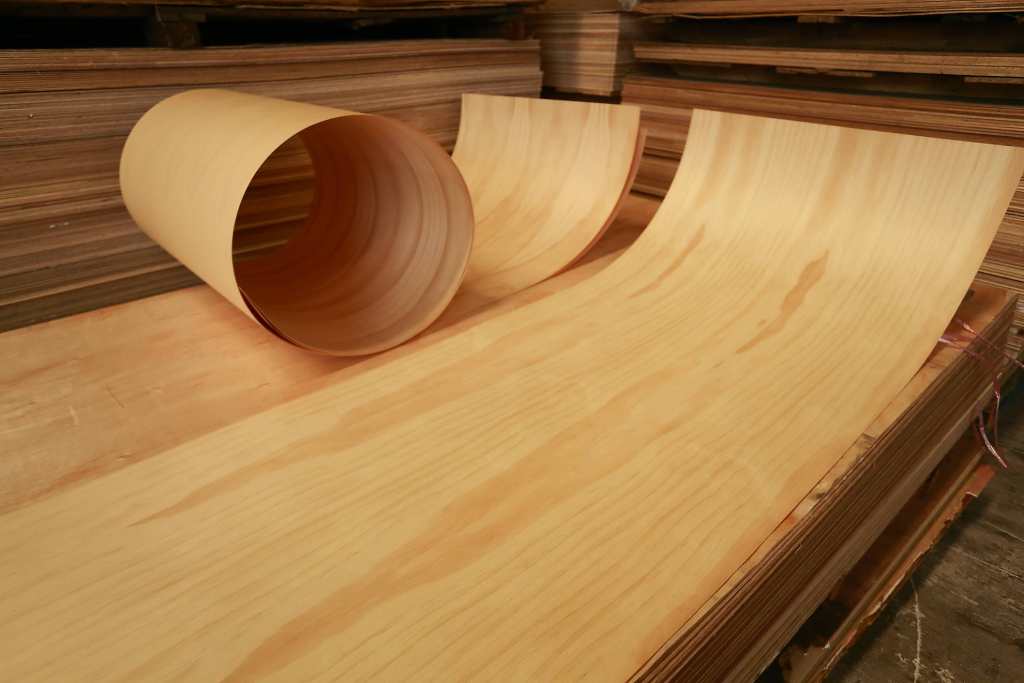The Indians taught us to make and enjoy maple sugar. In northern Minnesota one tribe still continues this industry,
印第安人教我們制作和享受楓糖,在米尼蘇達州北部,一個部落依然在沿襲這一產業,
selling pure maple sugar in birch bark containers, much the same as their forefathers made before the coming of the white man.
用樺樹皮制作的容器售賣純正的楓糖,和祖先在白人到來之前制作的楓糖一樣。
Today the chief maple sugar center is in the northeastern states. Both the sugar and the syrup are products of the hard maple or sugar maple.
今天,主要的楓糖中心位于東北部的大州,糖和漿都是硬楓木或糖楓樹制作而成的。
The method of getting the sap and making it into sugar is simple. About the middle of March the tapping of the tree begins,
提取漿液和制作成糖的方法很簡單,大約在三月中旬,樹木的敲擊工作開始,
and the sap flows for the following month or six weeks. Two holes, less than a half inch in diameter, are bored about two inches deep in the trunk of the tree,
第二個月或者在六周內, 漿汁開始留出,每個洞的直徑不到0.5英寸,鉆孔深度大約為兩英寸深。
and a wooden spigot is inserted in these holes to conduct the sap to a bucket directly beneath.
塞子會塞進洞口,讓漿液直接流到下面的桶中。
This sap is then collected, poured into great iron kettles, and boiled to a syrup. Cooking longer, until the syrup is like wax,
漿液隨即被采集,倒進巨大的鐵水壺中,經過水煮后成為糖漿,之后進行長時間翻炒,直到糖漿變成了蠟一樣的物質,

produces maple sugar. An average tree provides over twenty gallons of sap each season, and this can be boiled down to about four pounds of sugar or two quarts of syrup.
成為楓糖,每個季節,一顆普通大樹可以提供20多加侖的漿液,通過水煮后可以生成大約四磅的糖或兩夸脫的糖漿。
Proper tapping is not injurious to the trees. As certain woods increased in value, wood veneers have become another important forest product.
適當的敲擊不會損害樹木,隨著特定樹木的價值上漲,薄木板也成為了另外一個重要森林產品。
Some kinds of woods are so valuable and are becoming so scarce that it pays to cut them into very thin sheets, or slices, and glue them to a backing of some more common and cheaper wood.
一些樹木很珍貴,且變得很稀有,將它們切成薄木板或切片,然后將它們粘合在普通,廉價木板的底襯中。
For furniture these thin pieces of veneer give the same appearance as if they were of solid wood, but this piecing together has other advantages.
對于家具而言,這些飾面薄板會有實木的感覺,但這些拼湊的木板有另一個好處。
Drawers, for example, made up of several layers of veneer are stronger and less likely to warp and crack than if they were all of one piece.
比如說抽屜,抽屜是由好幾層飾面薄板組成,它們很堅硬,比起整塊板更加堅固,且不會破碎。
Most veneers are made by first boiling a log for some hours to soften it and then revolving the log, by machinery, against a sharp knife.
多數飾面薄板首先會將原木進行幾個小時的煮沸,從而將它變軟,之后通過機器旋轉原木,再配上尖利的刀子。
As it turns, the knife bites into the wood, and a long thin sheet of veneer is peeled away. Woods chiefly used for this purpose are the high-priced kinds,
隨著它的轉動,刀子伸進木頭中,長長的飾面薄板就削好了,主要用于這一用途的木頭一般價格很高,
such as mahogany, Spanish cedar, and Circassian walnut. As our valuable hardwood trees become increasingly scarce, more and more kinds of woods are used for veneers.
比如桃花心木,西班牙雪松以及胡桃木,隨著珍貴的硬木變得越來越稀有,更多木頭變為了飾面薄板。













